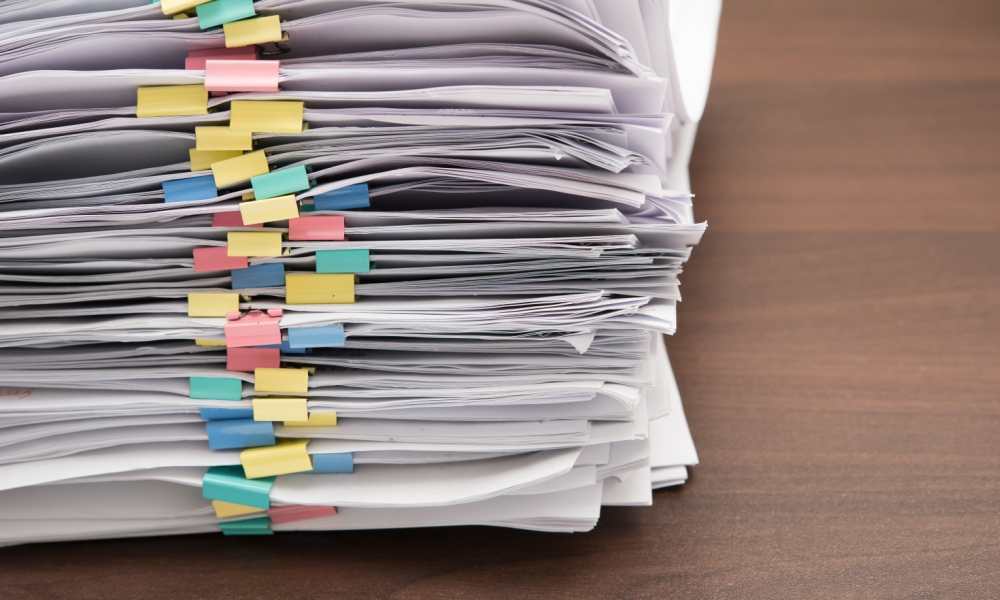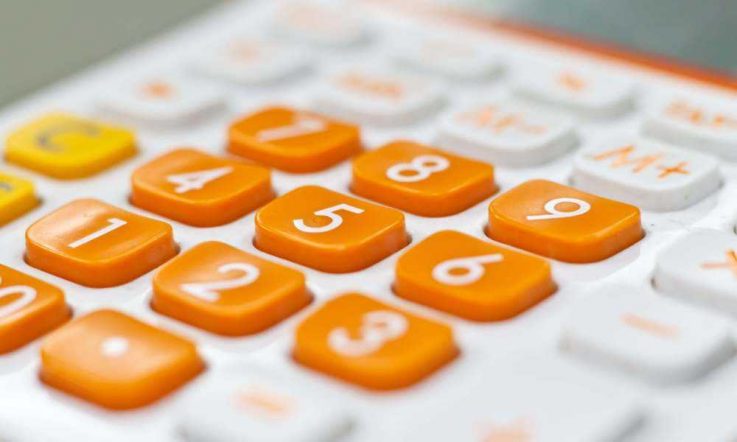What is differentiated instruction? What are the main challenges for teachers wishing to use it in their classroom? Peter Westwood, author of What Teachers Need to Know About Differentiated Instruction discusses in this Q&A.
Can you explain what differentiated instruction is?
Differentiated instruction is not really a new concept; it has been with us for a very long time in the guise of ‘mixed-ability teaching'.
It is really about taking account of significant differences among students in terms of their ability (or disability), rate of learning, language proficiency, literacy and numeracy skills ― and then using this knowledge to adapt the way the curriculum and learning activities are presented. These differences also determine the amount of additional support individual students may need.
Differentiated instruction became much more important with the advent of inclusive education. We now have a very diverse group of students in mainstream classes, including gifted students and others with learning difficulties or disabilities. Differentiation is an approach that encourages teachers to respond to relevant differences among individuals while maintaining high expectations for all.
It needs to be used together with effective evidence-based teaching methods to minimise learning failure. These methods, when skillfully implemented, actually reduce the need for extensive differentiation as they ensure that, from the start, almost all students understand the concepts, information and skills being taught.
When you say ‘significant differences' among learners, what are these differences? Are some differences not important?
I have already mentioned the importance of ability, rate of learning, language skills (including English as a second language), literacy and numeracy. If you ignore those differences in the classroom some students will definitely be disadvantaged and may begin to have learning difficulties. In addition, it is also essential to take into account differences in students' prior knowledge and experience, because these factors influence how easily they can understand and accommodate new learning.
Obviously the age of the students is also important because the curriculum needs to be developmentally appropriate. And at times, when you are teaching specific subject matter, gender, ethnicity and cultural background are also important.
There are many other differences among students but they do not have any direct impact on academic learning. They simply represent aspects of students' personalities, lifestyles and backgrounds. They add diversity to a classroom in very positive ways.
I will mention one difference often believed to be important ―but isn't―namely students' so-called ‘learning style'.
The notion that teachers in mainstream classes can adapt to differences in students' learning style is a myth. Unfortunately this idea is still being circulated, even in official guidelines. There is no reliable evidence that learning styles exist, or that teachers can cater for them even if they did.
Taking all these factors into account must be very difficult for teachers. It is not easy! The reason why differentiated teaching is difficult to sustain over time is because it can be extremely hard work unless the purpose and applications are interpreted correctly.
A statement in the Australian Professional Standards for Teachers now specifies that teachers need to demonstrate an ability to develop ‘…teaching activities that incorporate differentiated strategies to meet the specific learning needs of students across the full range of abilities' (AITSL, 2014). That makes it sound as if differentiation is needed for many more students than the three special needs categories officially recognised by ACARA (2015). Indeed, the words ‘full range of abilities' seem to imply that differentiation is needed for every student.
The good news is that it is not necessary or desirable to attempt to apply differentiation in each and every lesson, or for every difference among learners.
Students are actually much more alike than they are different, so adaptations and modifications to curriculum and resources should not be made unless absolutely necessary.
Differentiation can be implemented in a sustainable way by using evidence-based teaching to cover the same curriculum content with all students, but tailoring some of the learning activities to take account of students' abilities, prior knowledge and basic skills, and then varying the degree of support given to individual students. I emphasise ‘varying the degree of support' because that is the principal way that teachers can and should differentiate ― not by drastically changing the curriculum.
Do teachers understand their role in differentiation?
There is currently a great deal of confusion in teachers' minds about what differentiation means in practical terms, and for which students it is required.
Some teachers believe that differentiation only applies to students at the extremes of the ability range ― for example, providing enrichment, acceleration and extension activities for gifted students, or designing an Individual Education Plan (IEP) with modified curriculum for intellectually disabled students and those with sensory impairments. Others wonder if they have to plan and implement a separate learning program for every student. Must they never use whole-class teaching? Is every lesson to be ‘personalised' (the term suggested in the ACARA guidelines for the Australian Curriculum)?
The answer to these questions is a very firm ‘no'. It is essential to stress that differentiation does not mean that every curriculum topic must be presented through content adjusted to each student.
Genuine inclusion must mean including all students in the same curriculum, as well as including them physically in the same classroom. Differentiation in inclusive settings should be about providing additional support to pursue the common curriculum―not about creating a multiplicity of individual programs for students.
What are the main challenges to differentiated instruction?
The real challenge lies in how to differentiate curriculum and learning activities without increasing and perpetuating an achievement gap between able and less-able students. If differentiation is wrongly interpreted to mean that teachers should hold lower expectations for weaker students and always set them easier learning tasks, then the students will simply fall more and more behind.
The challenge is to provide differentiated ‘on-the-spot support' to individual students during lessons to enable them to engage with the same learning activities and keep up with the peer group (Graham et al., 2015).
The other challenge is of course to provide the necessary practical training for teachers so that they are better equipped to provide differentiated support when it is appropriate. We still have a long way to go to achieve that goal.
- What Teachers Need to Know About Differentiated Instruction gives you a concise look at developing and implementing differentiated instruction programs. It provides both general and specific strategies and explores supporting tools and technologies. Purchase it from the ACER Bookshop.
References
Australian Curriculum, Assessment and Reporting Authority (2015). Illustrations of personalised learning. Retrieved from http://v7-5.australiancurriculum.edu.au/studentdiversity/students-with-disability/view-illustrations-by-primarysecondary
AITSL (Australian Institute for Teaching and School Leadership). (2014). Australian Professional Standards for Teachers. Retrieved from http://www.aitsl.edu.au/australian-professional-standards-for-teachers/standards/list
Graham, L., Berman, J., & Bellert, A. (2015). Sustainable learning. Melbourne: Cambridge University Press.
Westwood, P. (2016). What Teachers Need to Know About Differentiated Instruction. Melbourne: Australian Council for Educational Research.
Have you used differentiated instruction in your classroom?
What difficulties did you come across? How did you overcome them?



